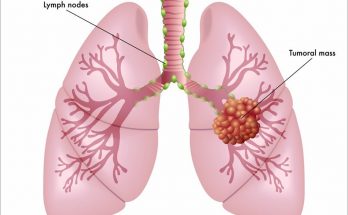Portable oxygen tanks are designed for individuals who rely on oxygen and need a smaller tank in order to travel. There are a few options available when it comes to oxygen home. These options will include standard oxygen concentrators, portable oxygen tanks and liquid oxygen tanks.
Compressed Gas and Liquid Oxygen
Compressed gas is the method that’s been around for a while and is only designed for portable tanks. Small, medium and large tanks can be regularly delivered to a patient’s home. All portable tanks that are sold will have a regulator, which is used to control the rate of the air flow. You can connect a portable tank using plastic tubing, which hooks over the back of the ears and extends into the nose. The oxygen will be delivered into the lungs every time a person inhales.
The new portable tank models are made from aluminum and are lighter weight than the older models. A patient can put the tank into a backpack which is designed specifically for this purpose. These backpacks will add to the convenience of the portable tanks. A downside to using the portable models is that the patient will always be required to have enough of the tanks on hand so that they won’t run out. This can result in an increased amount of deliveries from oxygen providers and a lot more O2 tanks to store. Additionally, most airlines will not allow a patient to travel with this type of cylinder.
Liquid oxygen tanks will involve storing very cold liquid O2 in a type of thermos container. A person can transfer this to a smaller portable device that can be used outside or around the house. When the liquid O2 is released, it will change back to gas so that a person can breathe it. The user will need to be very careful when operating this type of equipment in order to avoid an injury from occurring due to the dangerously cold liquid O2. Additionally, when a portable tank runs out of O2, the user will need to return home in order to refill it.
Standard O2 and Portable Concentrators
Standard O2 tanks run off of electricity and work by separating the oxygen out of the surrounding air and storing it for the user to breathe. Unlike portable tanks or liquid oxygen, with an oxygen concentrator the user will not have to worry about refills or changing out tanks. The basic concentrators will offer stationary oxygen only. This means they will usually be paired with a portable tank option, for use when the patient leaves the home.
Portable concentrators are very small in size and allow the patient more independence, as opposed to the other methods used for oxygen therapy. Many of these portable concentrators will only be suitable for travel purposes and are not clinically evaluated for nocturnal or stationary use.
